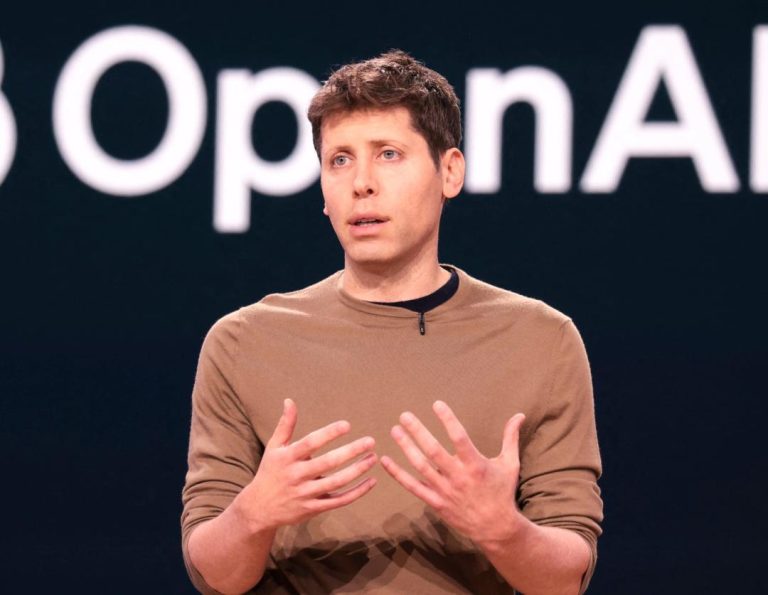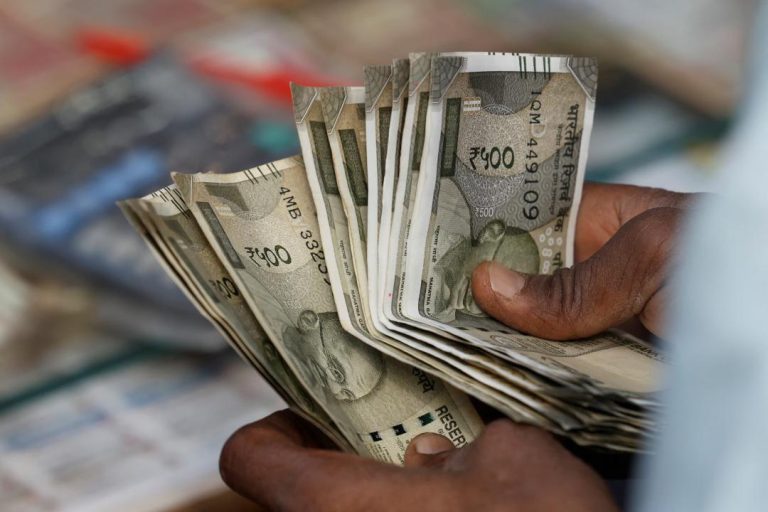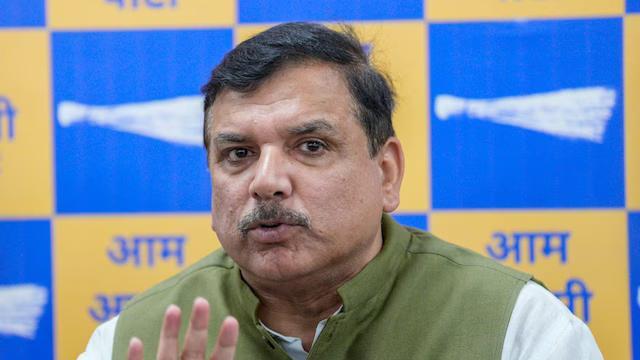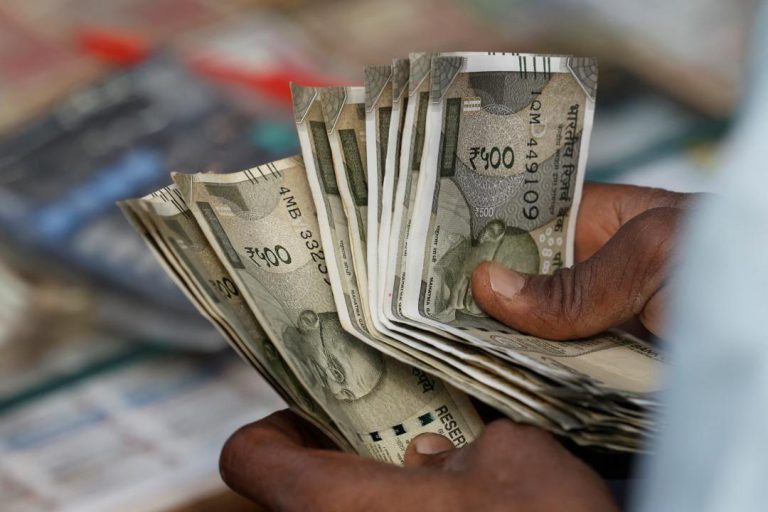
India’s New Obsessions: Quick Commerce & Short Drama Apps
The digital landscape in India has undergone a significant transformation in recent years, with two emerging trends that have captured the attention of consumers and entrepreneurs alike: quick commerce and short drama apps. These two sectors have not only disrupted traditional business models but have also redefined the way Indians consume and interact with digital content.
The Rise of Quick Commerce
Quick commerce, also known as instant delivery or 10-minute delivery, has become a staple in urban India. According to a recent report, the quick commerce industry in India crossed ₹7,500 crore in FY24, with a staggering 68% of metro users ordering at least twice a week. This exponential growth can be attributed to the convenience, speed, and affordability that these platforms offer.
The concept of quick commerce is simple: users can order their favorite food, groceries, or other essential items from the comfort of their own homes, and receive them at their doorstep within minutes. This has revolutionized the way Indians shop, making it possible to get what they need, when they need it.
The success of quick commerce can be attributed to several factors. Firstly, the rise of mobile internet penetration has enabled Indians to access these platforms easily. Secondly, the increasing number of working women and busy professionals have created a demand for convenient and time-saving solutions. Finally, the proliferation of cashless payments and loyalty programs has made it easy for consumers to order and pay for their goods.
The Rise of Short Drama Apps
Short drama apps have also become a sensation in India, with over 300 million users in 2025, a 40% increase from 2023. These apps offer bite-sized content, typically ranging from 3-15 minutes, that cater to the attention span of modern Indians. The content is often humorous, relatable, and entertaining, making it easy for users to binge-watch and share with friends and family.
The success of short drama apps can be attributed to several factors. Firstly, the rise of mobile-first content has enabled creators to produce high-quality content that can be consumed on-the-go. Secondly, the increasing popularity of social media has created a demand for snackable content that can be shared and discussed with others. Finally, the proliferation of affordable data plans and mobile devices has made it possible for Indians to access this content easily.
Ad Revenues Soar
The growth of quick commerce and short drama apps has also led to a surge in ad revenues. According to a recent report, ad revenues for short drama apps hit ₹2,000 crore in 2024, a significant increase from previous years. This growth can be attributed to the increasing popularity of these platforms, as well as the rise of targeted advertising and programmatic buying.
The success of ad revenues can be attributed to several factors. Firstly, the increasing number of users on these platforms has created a large and engaged audience for advertisers. Secondly, the ability to target specific demographics and interests has enabled advertisers to reach their desired audience more effectively. Finally, the rise of programmatic buying has made it possible for advertisers to automate their ad buying and optimization, leading to increased efficiency and ROI.
The Future of Quick Commerce and Short Drama Apps
As these two sectors continue to grow and evolve, several trends are likely to emerge. Firstly, the increasing adoption of voice-activated assistants and smart home devices is likely to enable more seamless ordering and content consumption. Secondly, the rise of augmented reality and virtual reality is likely to revolutionize the way Indians interact with digital content. Finally, the increasing focus on sustainability and social responsibility is likely to lead to more eco-friendly and socially conscious business practices.
In conclusion, quick commerce and short drama apps have become an integral part of India’s digital landscape. These two sectors have not only disrupted traditional business models but have also redefined the way Indians consume and interact with digital content. As these sectors continue to evolve, it will be exciting to see how they shape the future of Indian entrepreneurship and consumer behavior.






